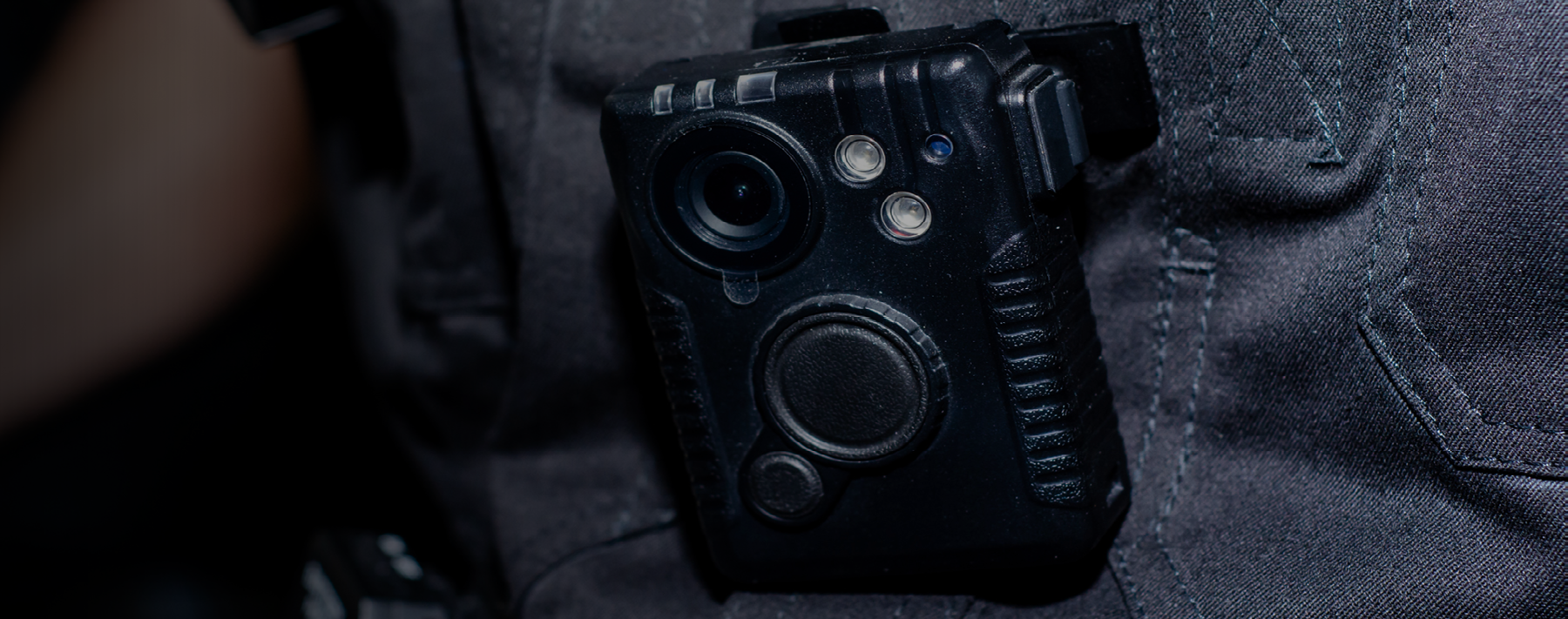United States v. Runner, 2022 WL 3146862 (4th Cir. 2022)
An officer checked out an anonymous tip about a woman “shooting up” in a “blue Volkswagen with Ohio tags” while parked in a Wal-Mart parking lot. The officer drove into the parking lot at 0145 hours and saw a woman exiting the passenger side of a blue Volkswagen with Ohio tags in an otherwise “pretty empty” parking lot. The officer stopped the woman, Stacy Garloch, and told her about the received tip. Garloch denied having injected narcotics and cooperated with the officer. She showed no obvious symptoms of impairment. Garloch showed the officer her arms and offered to show her feet; the officer could see no fresh needle marks. She also allowed the officer to search her purse. Garloch explained she had been applying makeup in the car.
Garloch explained that the car owner, Ricky Runner, was inside the Wal-Mart. An officer went into the store and asked Runner to step outside. A backup officer looked through the car windows and saw a glass stem pipe that appeared to have been used in the center console of the vehicle. The officers asked Runner for consent to search the car, but he declined. They told him the pipe provided a basis to search, and Runner unlocked the car for them.
The officers found marijuana in the car, as well as what appeared to be crystal methamphetamine and Xanax pills in Garloch’s make-up bag. When an officer frisked Runner and asked him whether there were guns in the car, Runner said he could not be around guns because he was a convicted felon. He also said the car might contain a gun because his cousin, the car owner, owned firearms. The officers found ammunition, a magazine with ammunition and a .40 caliber firearm, as well as additional crystal methamphetamine and a needle in the trunk.
Runner asked the trial court to suppress the evidence. He argued the presence of a glass pipe did not provide probable cause to search because there were innocent uses for the pipe. At the suppression hearing, one of Runner’s witnesses, the owner of a shop selling CBD products, pipes and other related items, testified that the most traditional way to ingest CBD oil is by oral drops, but that stem pipes are also used by some to smoke hemp and CBD oils. Runner claimed the presence of a glass pipe no longer signals unlawful contraband because of their expanded commercial use for smoking hemp or CBD oil.
Assessing the totality of the circumstances, the court held the plain view exception applied and the search of the vehicle was lawful.
The appellate court considered whether the plain view exception to the Fourth Amendment warrant requirement could apply. Seize-able items that are in “plain view” may be seized without warrant. To satisfy the plain view doctrine, three factors must be met (Horton v. California, 496 U.S. 128 (1990)). A plainly visible item may be seized when:
- The seizing officer is lawfully present and lawfully able to access the item without violating the Fourth Amendment. If an officer is present in a location serving an arrest or search warrant, conducting an inventory, conducting a traffic or other investigatory stop, or has been admitted by consent or invitation, the officer is not violating the Fourth Amendment.
- Second, the item is in “plain view.”
- Third, the incriminating nature of the item is immediately apparent.
Runner claimed the incriminating nature of the pipe could not be immediately apparent to the officers because there was a lawful use for the glass pipe. Evidence is only “clearly incriminating” if the officer has probable cause to associate the item with criminal activity (Minnesota v. Dickerson, 508 U.S. 366 (1993)). The question of whether the item’s incriminating nature was immediately apparent is measured by what the officer knew at the time of viewing (Coolidge v. New Hampshire, 403 U.S. 443 (1971)).
Prior decisions of the appellate court have assessed plain view searches based on pipes and other drug paraphernalia where there were additional evidence or indicators that contributed to a finding of probable cause. The court held that two factors tilted the balance toward probable cause in this case. First, the officers had corroborated a detailed tip about drug use in the parking lot at 0145 hours (even though no evidence of injecting drugs was found). Second, one of the officers was a drug recognition expert who saw the frosted glass of the pipe and believed it had been used to smoke drugs. Assessing the totality of the circumstances, the court held the plain view exception applied and the search of the vehicle was lawful.



